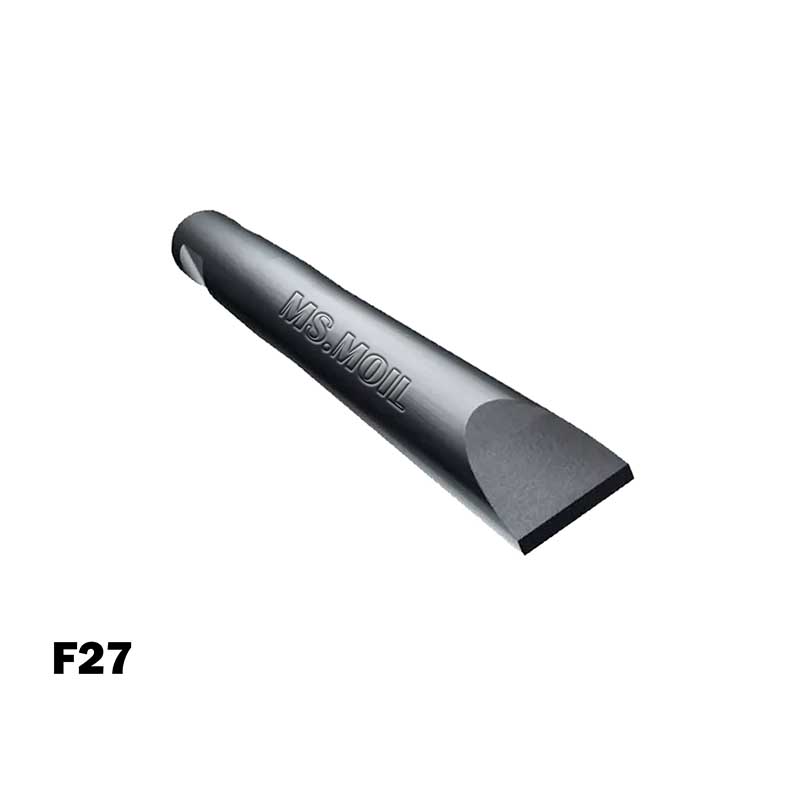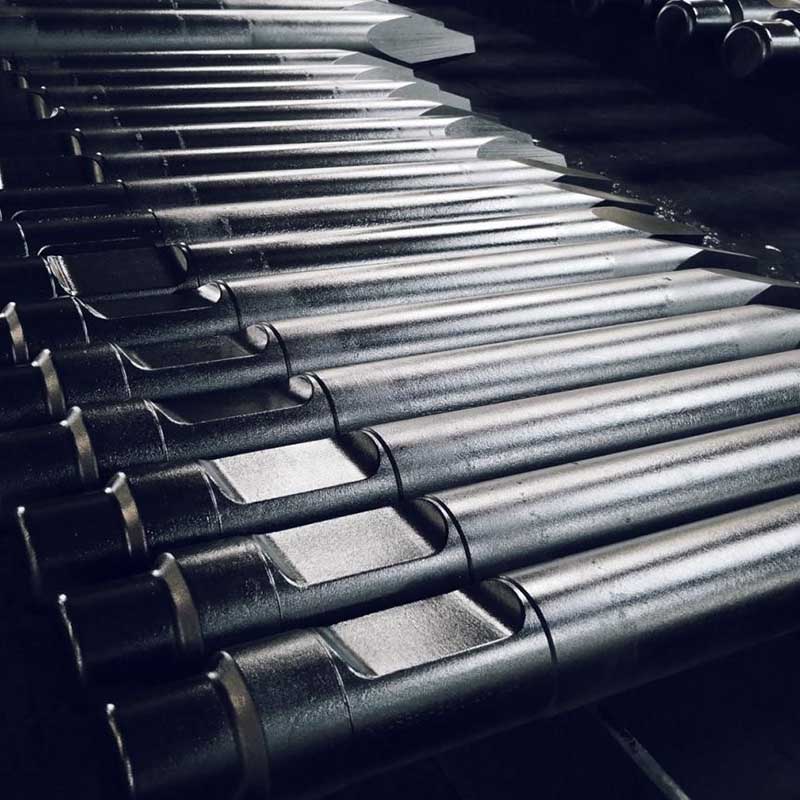Gear-obsessed editors choose every product we review. We may earn commission if you buy from a link. Why Trust Us?
Chopping metal is fun when you use the right tool. Drilling Machine

Pity the poor cold chisel. Misunderstood. Neglected and dull. Left to rattle around, alone, in the bottom of a tool box. People use these chisels to chip concrete and break bricks, jobs they should be doing with a masonry chisel. They also use them as pry bars and paint scrapers, two other jobs for which they are poorly suited. Eventually, the cold chisel becomes so worn from misuse and neglect that it’s discarded. “Doesn’t work anyway,” someone will say about the cast off.
The cold hard fact of a cold chisel is this: if you keep it sharp and add a drop of oil to its edge before you cut, you’ll be amazed at how well it chops metal.
As for brands you can trust, I've used Dasco, and Mayhew chisels. I haven't used Proto's tools, but I've looked at the specs for them and they have a particularly impressive (though expensive) set made from shock-resisting S-series tool and individual chisels made from other (unspecified) forms of tool steel. Both are US made, and the parabolic shape of the striking end of the chisel does create better force transfer from the hammer blow and helps resist forming a mushroom on the end of the chisel. For more on this, see the care section at the end of this article.
And on that topic, as its name implies, the cold chisel is used to cut cold metal. Therein hangs a metalworking tale.
Looked at in the simplest terms, there are two ways to cut metal. When the metal is hot (as in, “strike while the iron is hot”) and when it’s cold. Hot metal is easier to cut, since it’s softer than cold metal. The first tools developed to cut metal were adapted from sledge hammers. Instead of having a hammer face on both sides, the head had a cutting bit on one side and a hammer face on the other.
Such a hammer developed to cut hot metal is called, appropriately, a hot cut. To cut cold metal, it’s called a cold cut.
Remove the handle from a cold cut, and you've got a cold chisel. A cutting tool formed out of tool steel with a hardness and edge profile designed to cut soft to medium-hard steel, aluminum, brass, and copper.
You may be asking, “why should I care?” We’re glad you asked. We prize mechanical literacy at Popular Mechanics. There are several good reasons to know how to use cold chisels, which we illustrate below.
A sharp cold chisel makes a handy cutter for bolts, brackets and mounting hardware, and for splitting off nuts that are frozen in place by rust.
Begin by oiling the tool.
Next, run the nut over the bolt up to the position that you want to cut it and clamp it very firmly in the vise jaws. Get the tip of the cold chisel between the threads and give the chisel a sharp blow using a ball peen hammer. This establishes the notch between the threads.
Once the cutting notch is established, reposition your hand to allow a firm grip while giving the chisel more ability to slide through as it makes the cut. With a series of deft blows from the ball peen hammer, peel off the rest of the fastener. A ¼-inch bolt will take no more that two shots from the hammer while large material may take two to three times as many. If the going gets tough, re-oil the chisel tip.
Chopping a bolt to length with a cold chisel is fast and effective, but not particularly gentle. After cutting the bolt, turn the bolt several times forward through the nut, before backinig it out. Repeat as necessary to ensure that the cut thread has reformed or “healed.” If necessary, use a dab of synthetic grease or some oil on the fastener as you work it through the nut.
What we show above is an ideal situation, cutting parts to length as they are held in a big sturdy bench vise. That doesn’t happen often in the field. Sometimes you just have to notch a part with a cold chisel and then grip it with locking pliers or even smash it with a hammer to bend it back and forth on the notch to snap it off.
Another common notching application is to mark a cut in bar stock.
From there, cut as you would normally with a hacksaw.
The three most well known ways to mark metal are a silver Sharpie, a soapstone marker or a scratch awl. Heavy duty awls are particularly handy for this. We own this stuff, it’s accumulated in our tool box over the years.
On the other hand, not many people know that a cold chisel is great for marking a cut line on metal.
There’s not much to caring for a cold chisel. When it’s edge gets beat up, refresh it with a single-cut mill file. For more precise cutting (cutting bolts and threaded fasteners), hone the cold chisel on a coarse and medium oil stone or water stone. But we need to emphasize this: don’t get too carried away sharpening these things. They need to be sharp, but we’re not talking wood chisel sharpness here. A freshly filed edge is more than sufficient for all but the most unusual circumstances.
Begin by filing the chisel's edge from the back of the chisel to the front.
Now file from the front of the chisel to the back.
Finish the bevel by draw filing.
Finally, if the striking end of the chisel has begun to mushroom over, file off any burred edge.
Roy Berendsohn has worked for more than 25 years at Popular Mechanics, where he has written on carpentry, masonry, painting, plumbing, electrical, woodworking, blacksmithing, welding, lawn care, chainsaw use, and outdoor power equipment. When he’s not working on his own house, he volunteers with Sovereign Grace Church doing home repair for families in rural, suburban and urban locations throughout central and southern New Jersey.
Explorers Film Famous Sunken Aircraft Carrier
How the U.S. Is Quietly Spying on Chinese Subs
What Really Happened Aboard Air France 447
Are Lab-Grown Diamonds the Real Deal?
The Fighter Plane That Shot Itself Down
What It’s Like to Eject From a Fighter Jet
Why the F-35 Fighter Jet Is Such a Badass Plane
Why the U.S. Couldn’t Find Its Missing F-35 Jet
The Weirdest Armored Vehicles in the World
How Climate Change Could Spur a Fungal Apocalypse
Solution to Riddle of the Week #50
How Freedivers Dive for So Long on a Single Breath
A Part of Hearst Digital Media
We may earn commission from links on this page, but we only recommend products we back.

Epiroc Chisel ©2023 Hearst Magazine Media, Inc. All Rights Reserved.